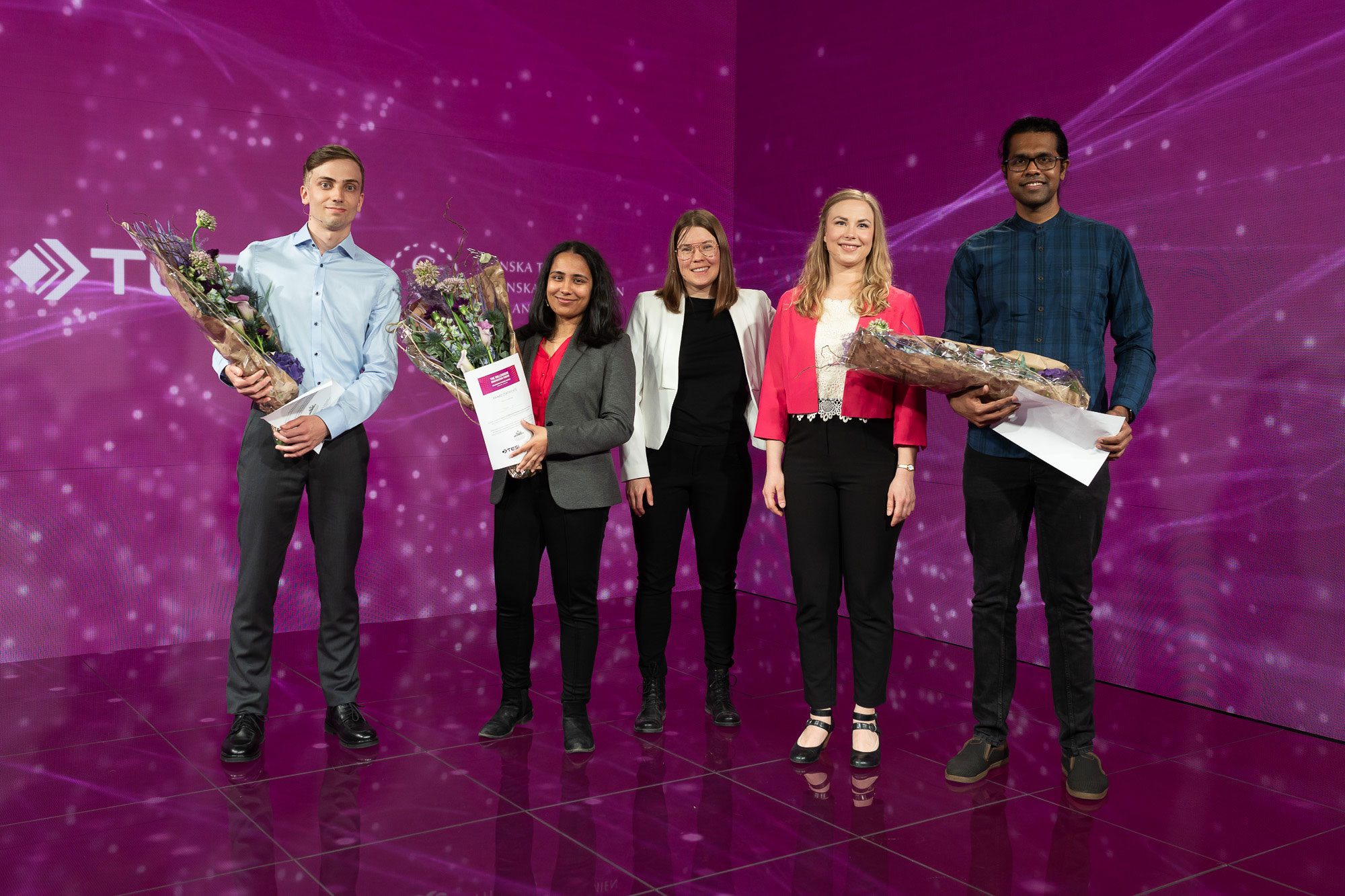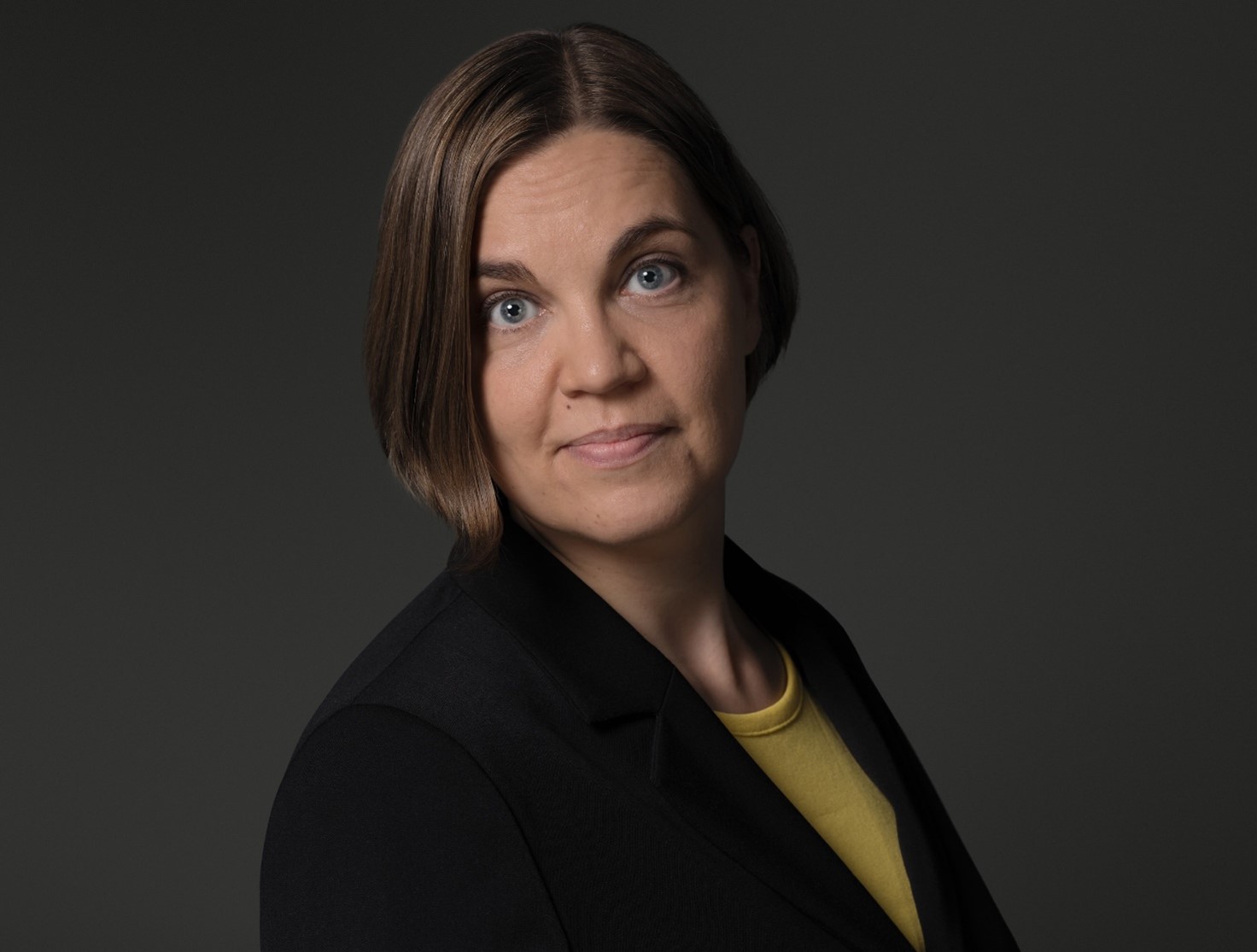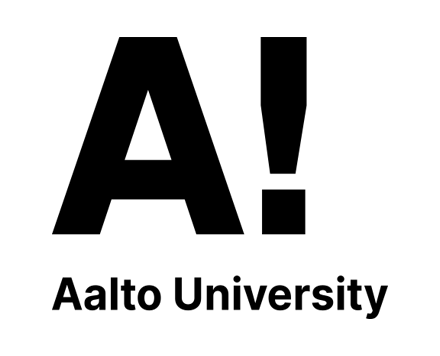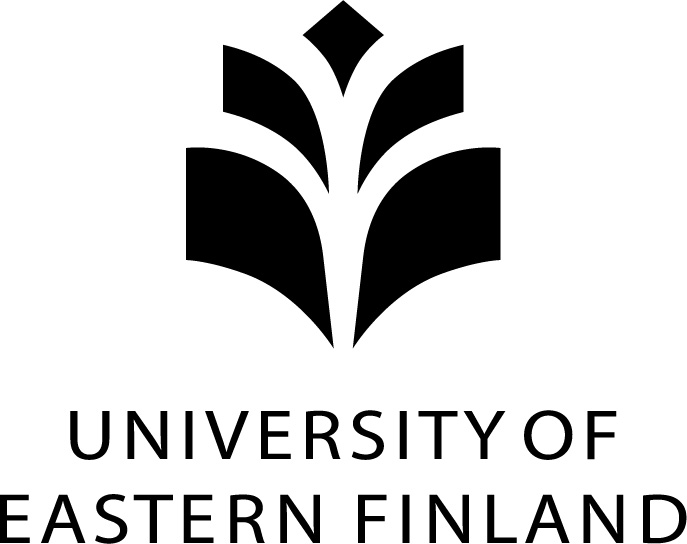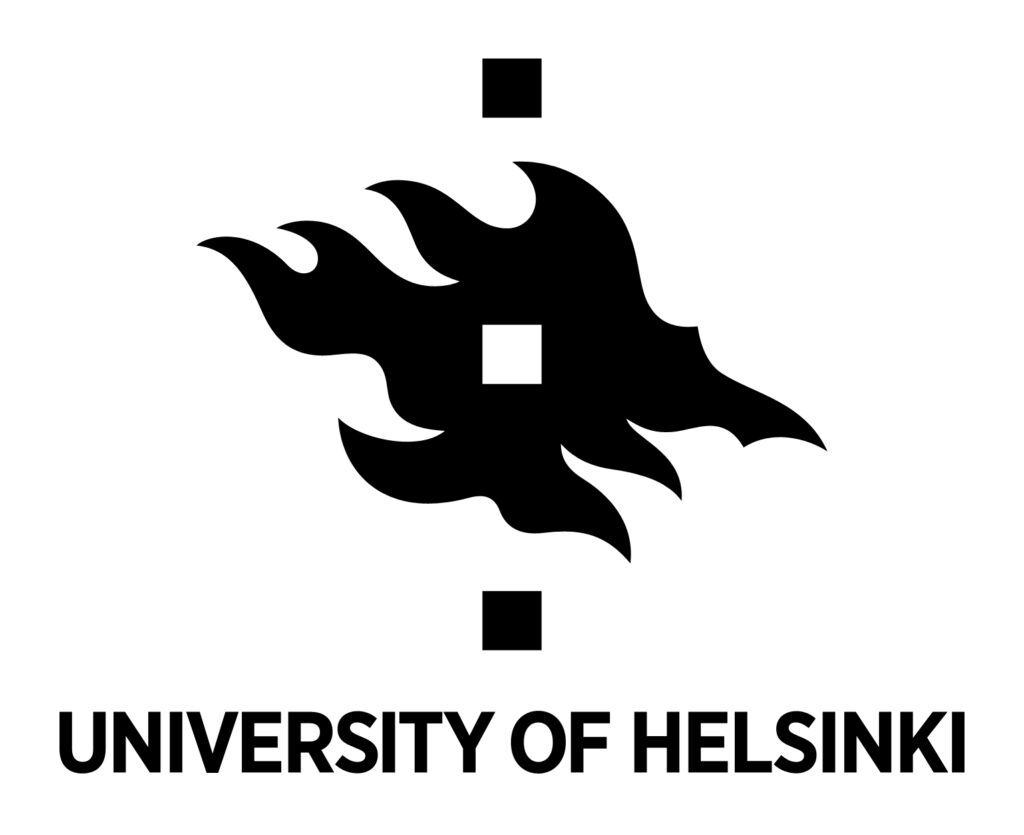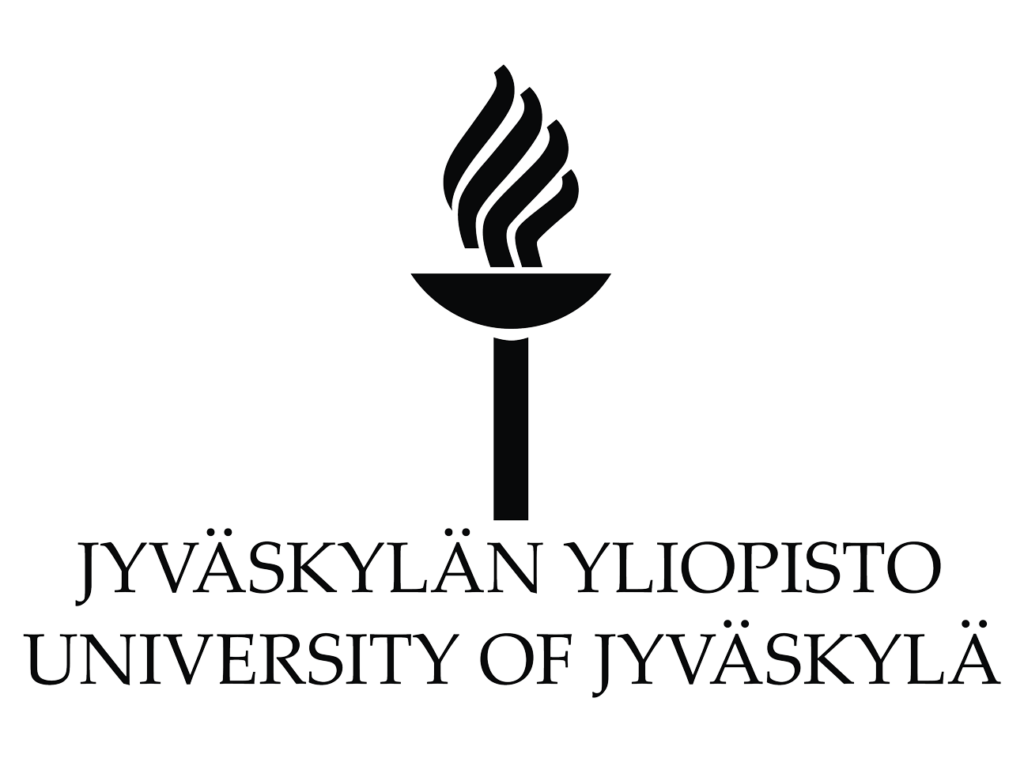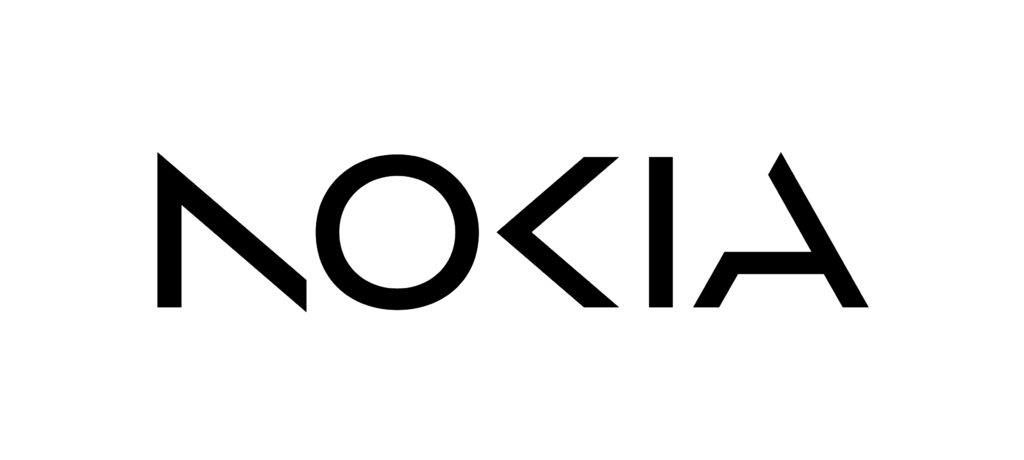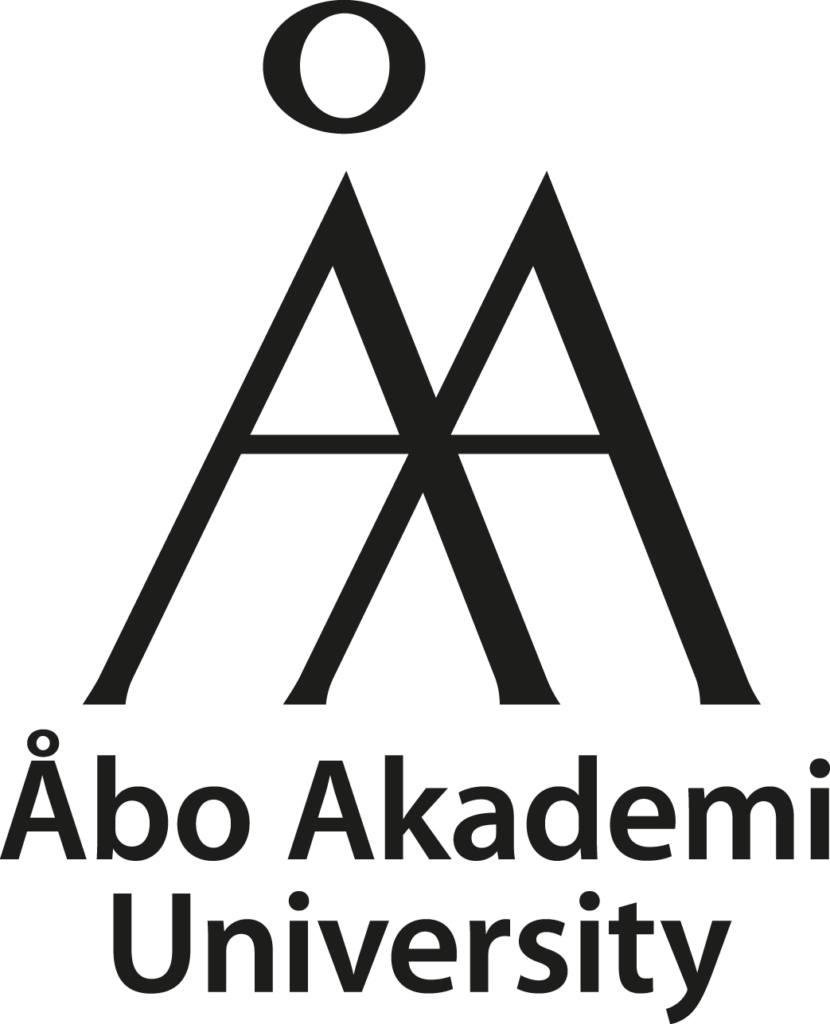Blog: Industry-academia Collaboration for the Green Transition
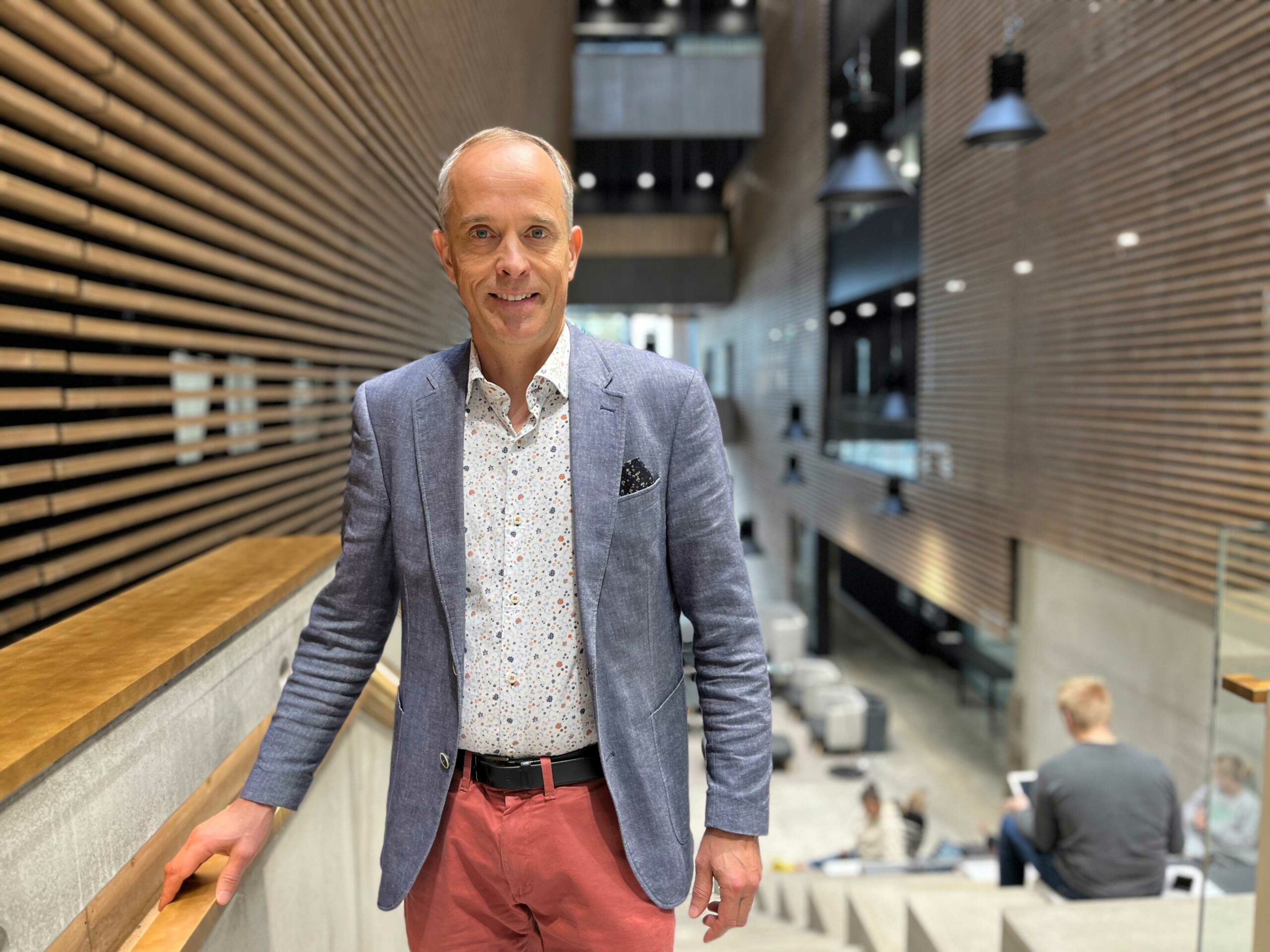
Patrik Henelius, Dean of the Faculty of Science and Engineering at Åbo Akademi University
Two important players in the green transition of our society are universities and private companies. For many reasons, the collaboration between the two is of particular importance. The business case for an accelerated green transition is becoming more evident. A recent Oxford University study estimates that switching from fossil fuels to renewables could save the world €12 trillion by 2050 instead of ending up being an expensive investment, as often assumed previously. A major reason why companies and universities must increase collaboration is that the multi-faceted decarbonisation effort requires a large pool of skilled engineers that still, to a large extent, are educated at universities and universities of applied sciences. Already before the most recent calls for accelerated decarbonisation following Russia’s invasion of Ukraine, Technology Industries of Finland estimated that the Finnish technology industry alone needs 130 000 new engineers during the next ten years.
There is a clear challenge to educate the number of experts needed. Many high school students are unaware of how they can directly contribute to the mitigation of climate change or to developing a circular economy through a suitable engineering education. A proven way to attract students to relevant engineering fields is to show the high career relevance of the education, and few ways are better than a close collaboration with industrial partners. According to World Bank statistics, Northern Europe is traditionally strong in industry-academic collaboration, and according to the TEK graduate survey, about 60% of Engineering Master’s degrees in Finland are performed together with an industrial partner. However, this relationship still needs further development so that the information reaches all high school students.
Virtually all industrial collaborations at Åbo Akademi University are now focused on different aspects of the green transition, such as the use of lignin instead of fossil-based plastic, catalysis for biofuels, carbon free steel, and carbon capture and utilization. In many cases, the collaborations include a large number of private and public partners such as the Business Finland funded Veturi projects, for example the SUSBINCO project that focused on bio-based packaging. In general, both the university and the industrial partner benefit in different ways from such collaborations. Universities gain real life experience and bring current “green” industrial problems into the teaching and research curriculum. Companies benefit from the fundamental science expertise at the universities, and laboratory set ups and analysis capabilities can be complementary. In many cases the projects are important recruitment channels for the companies.
From the student perspective, the most common form of industrial collaboration are summer internships and final thesis projects in a company setting. Recent examples include Jelka Bergkvist’s Master’s thesis on how to prevent shock waves disrupting district heating systems done in collaboration with Valmet, and Shujun Liang’s Master’s thesis in collaboration with UPM on the characterization of tannins, which have a great potential as a biobased adhesive. In order to attract more students to relevant engineering fields, the results and possible impacts of these projects need to be more clearly disseminated through social media and other channels to reach high school students pondering what path to take.
Many international students come to Finnish universities through different exchange programs. Partly for diversity reasons, and partly due to the simple fact that national students do not suffice to meet the needs of the future, we need good strategies to offer attractive career paths for international students. Small and mid-size companies may be hesitant to hire an international student and it is sometimes difficult for our international students to find industrial summer intern positions. Last summer, we had an excellent experience when combining the ministry-funded Talent Boost project with our EU-funded EDISS Erasmus Mundus program and offered internship stipends to the EDISS students: practically all of the students got internships at Finnish companies.
My own research as a physicist is focused on frustrated systems, where local forces pull in different directions. Such systems tend to move very slowly. When it comes to the green transition, the hope is that we have now reached a moment when the technology is mature enough and all actors —universities, companies, politicians and NGOs—pull in the same direction. We should seize the moment, increase collaboration, and bring about a decarbonization and green transition of the society.
Technological paradigm shifts can be slow at first, but very rapid when they finally occur. A good example is the advent of the motorised car: the two pictures below show the traffic at Fifth Avenue in New York in 1900 and in 1913. Another example is the lightbulb. For decades, the demise of the lightbulb was predicted, but when the change finally came the lightbulbs seemed to disappear from the store shelves overnight. If we play our cards right and collaborate, we may yet experience a “lightbulb” moment for the green transition.

Patrik Henelius received his M.Sc. in Physics from Åbo Akademi University in 1993 and his Ph. D. in Theoretical Physics from the University of Indiana at Bloomington in 1998. After a two-year postdoc at the National High Magnetic Field Laboratory in Tallahassee, Florida, he joined the Royal Institute of Technology (KTH) in Stockholm , where he is currently Professor of Theoretical Physics. In 2019 Patrik became Dean of the Faculty of Science and Engineering at Åbo Akademi University
The focus of Patrik’s own research is frustrated magnetism, including magnetic monopole excitations in the spin ice family of materials and more recently magnetic quasicrystals. Patrik is passionate about teaching and for many years taught the introductory course in Thermodynamics and Energy with a strong focus on sustainability within the Engineering Physics program at KTH. At Åbo Akademi University a priority is to further develop the program in Chemical and Process Engineering, which recently celebrated 100 years.
Åbo Akademi University is a partner of the Millennium Technology Prize.
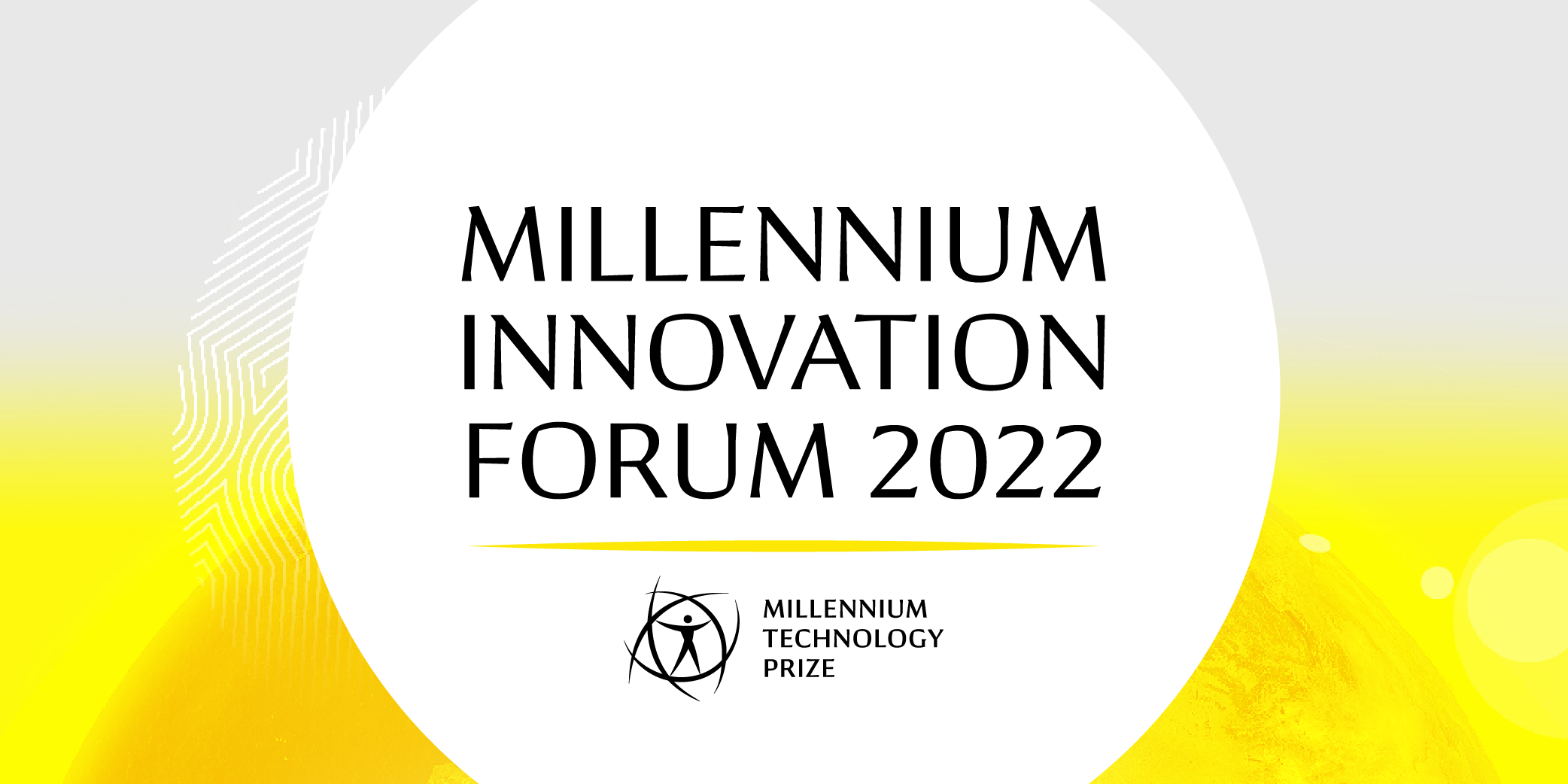
Prestigious Millennium Innovation Forum announces impressive line-up of world-renowed speakers.
October event in Helsinki to bring together leading investigative journalist Christo Grozev, Google’s first female engineer and former CEO of Yahoo, Marissa Mayer, and many others to discuss how technology can help us overcome the world’s biggest challenges.


